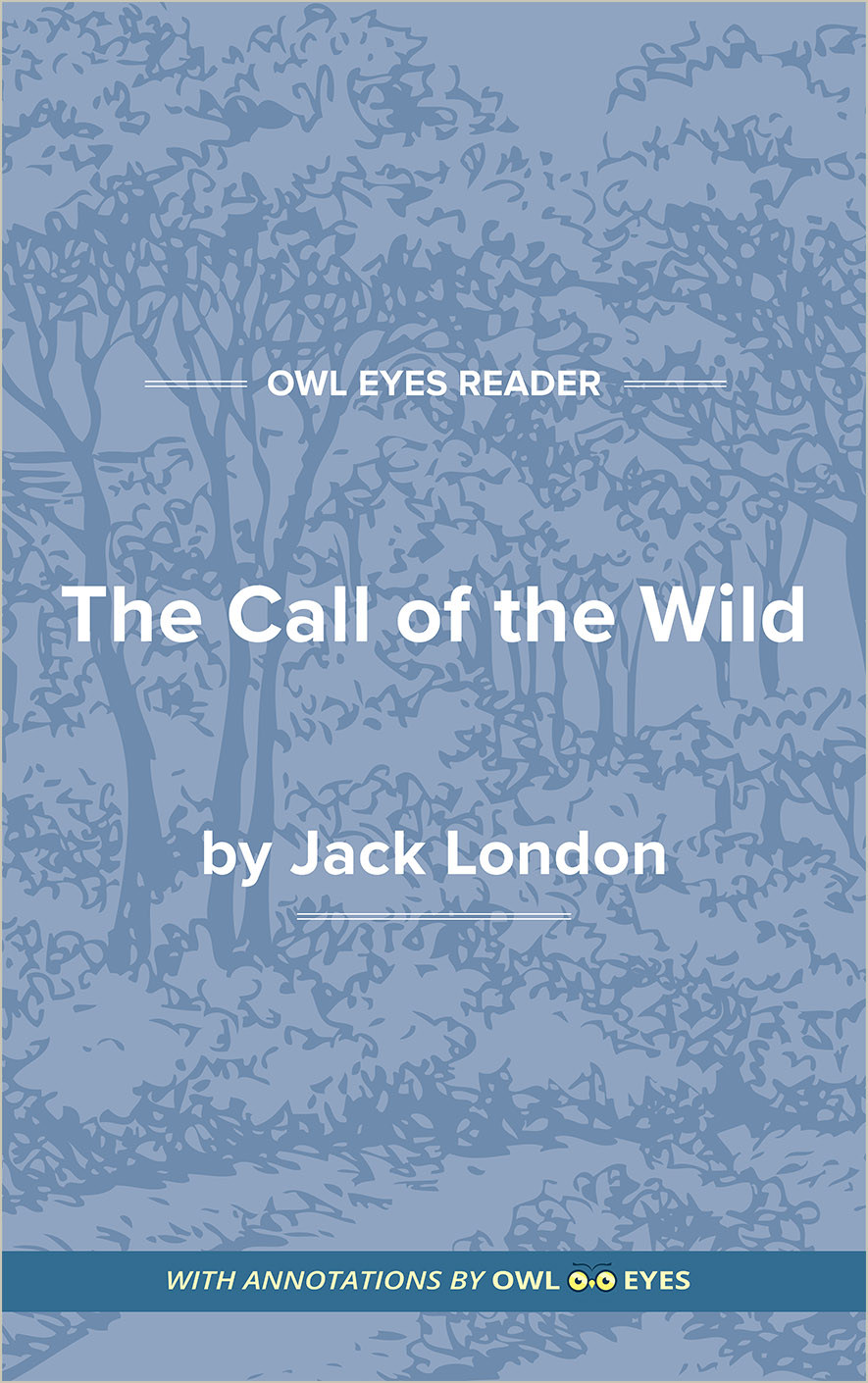Analysis Pages
Literary Devices in The Call of the Wild
Imagery: Throughout the novel, two main categories of imagery emerge: images from civilization and those from the wild. Each is attractive in its own way. Images associated with Judge Miller’s home, for example, are sunny, pleasant, and leisurely, representing an easy life of luxury without much challenge or stimulation. In contrast, images associated with the wild—such as towering trees, wide sky, and fresh kills—are more unpredictable yet ultimately more alluring to Buck. He ultimately chooses a freer, more dangerous life in the wild rather than an easy one without variation. By providing such tempting images on both sides, London emphasizes the struggle between the two opposites Buck faces when deciding his future. Furthermore, the wild’s imagery allows readers to better enter into Buck’s place and experience the beauty of the wild at the same time he does.
Personification: Personification is giving non-human entities, such as dogs, human traits and emotions. All of the canines in The Call of the Wild are personified. Dave the husky, for example, is “morose” and occasionally sad; Billie is “agreeable” and pleasant to be around. The most obvious and complicated example of personification is Buck, who grows and changes his outlook throughout the novel. Readers are able to hop into his head and experience not only his emotions but also his thought processes. Personifying Buck and other dogs helps the reader more readily empathize with Buck’s struggles and care about his success.
Literary Devices Examples in The Call of the Wild:
Chapter I
🔒"sated aristocrat..." See in text (Chapter I)

